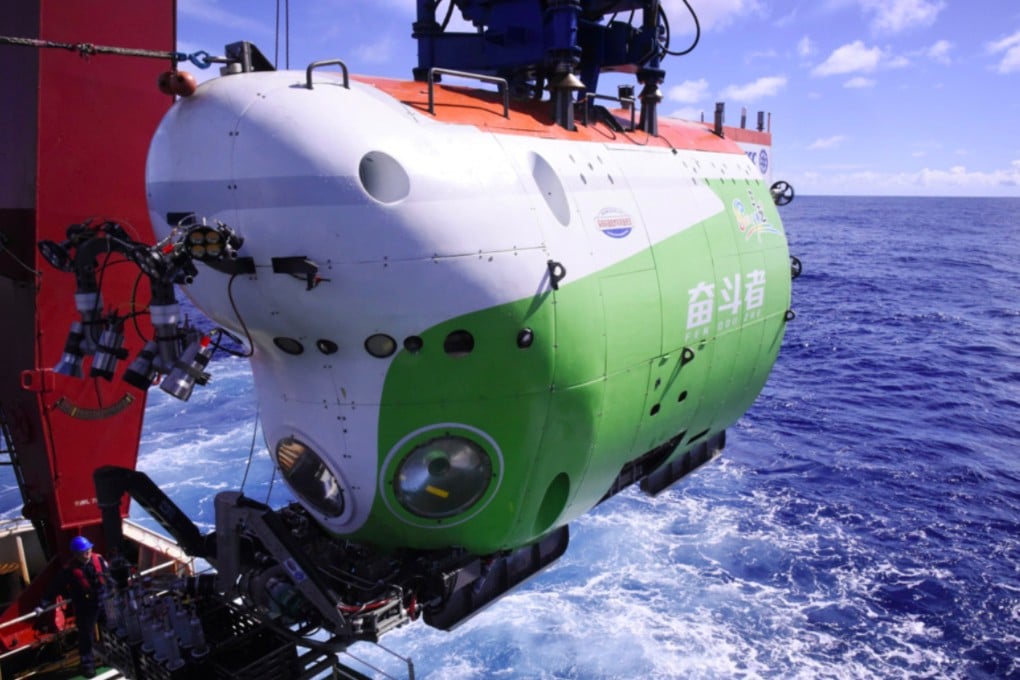Advertisement
China-led team reveals secrets from one of the deepest places on Earth
- Researchers from China, New Zealand make epic voyage to Kermadec Trench aboard Chinese submersible
- Joint expedition aims to learn more about the geology and creatures of one of the most mysterious places on Earth
Reading Time:3 minutes
Why you can trust SCMP
5

Ling Xinin Beijing
In the Pacific Ocean, just north of New Zealand, lies one of the deepest places on Earth. At its deepest point, the Kermadec Trench stretches more than 10km (6.2 miles) into the abyss.
Few people have been down there – until recently.
Last month, an international team led by China conducted a systematic, crewed exploration of the trench for the first time. Now they are revealing what they saw.
Advertisement
“Chinese and New Zealand scientists are both excited to have this opportunity to appreciate the complexity and diversity of the geological and ecological systems of the Kermadec Trench,” said mission leader Peng Xiaotong, from the Institute of Deep Sea Science and Engineering (IDSSE) in Sanya, Hainan province.
Peng was one of more than a dozen scientists from universities and research institutes in China, as well as two marine biologists from New Zealand’s National Institute of Water and Atmospheric Research (NIWA), who explored parts of the Kermadec Trench, collecting sediment, rocks, and biological and water samples for laboratory analyses.
Advertisement
Advertisement
Select Voice
Choose your listening speed
Get through articles 2x faster
1.25x
250 WPM
Slow
Average
Fast
1.25x
